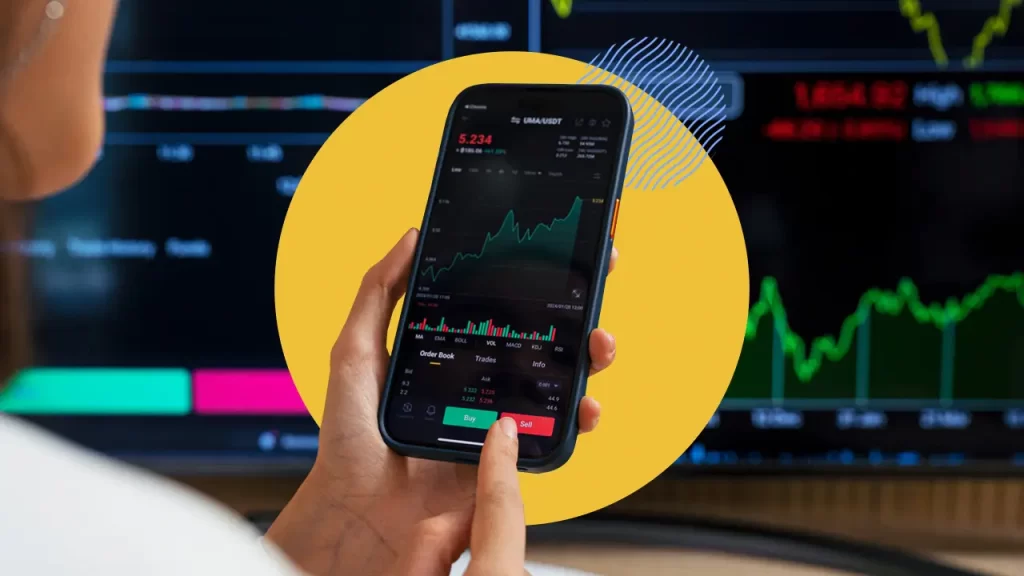How can I buy shares on my own?

How can I buy shares on my own?
Buying shares on your own might seem intimidating at first, but it’s actually a straightforward process once you understand the basics. Whether you’re investing in local companies in Papua New Guinea (PNG) or looking to buy international shares, the steps are generally the same. Here’s a simple guide on how to buy shares on your own.
1. Understand What Shares Are
Before diving in, it’s essential to know what shares are. Shares, also known as stocks, represent a part ownership in a company. When you buy a share, you become a shareholder, which means you own a small piece of that company. This can potentially give you profits if the company does well or loses money if it doesn’t.
2. Learn About the Stock Market
The stock market is where shares are bought and sold. Think of it like a marketplace where people exchange shares. Companies list their shares on a stock exchange, such as the PNG National Stock Exchange (PNGX) for local companies, or international ones like the New York Stock Exchange (NYSE).
3. Research the Companies
Before buying shares, do your homework. Learn about the companies you’re interested in. Look at their financial health, past performance, and future potential. If a company is making good profits and has a promising future, it might be a good investment. Websites like PNGeans.com can provide local insights and news about businesses in PNG, helping you make informed decisions.
4. Choose a Brokerage Account
To buy shares, you’ll need a brokerage account. A broker is like a middleman who buys and sells shares on your behalf. You can open an account with a local brokerage firm if you’re interested in PNG stocks. For international shares, online brokers like XM.com are popular choices. They offer platforms where you can trade stocks, forex, and other financial instruments from your computer or smartphone.
5. Fund Your Account
Once your brokerage account is set up, you’ll need to deposit money into it. This money will be used to buy shares. Most brokers have several options for funding your account, such as bank transfers or credit cards. Make sure to check the minimum deposit requirements and any fees associated with transactions.
6. Place Your Order
With funds in your account, you’re ready to buy shares. Here’s how to do it:
- Select the Stock: Choose the company whose shares you want to buy.
- Choose the Type of Order: You can place a market order, which buys the shares at the current price, or a limit order, where you set the price you’re willing to pay. If the stock reaches that price, the purchase will happen automatically.
- Decide the Number of Shares: Determine how many shares you want to buy based on your budget.
- Confirm the Purchase: Review your order details and confirm the transaction.
7. Monitor Your Investment
After purchasing, keep an eye on your investment. Share prices can fluctuate based on market conditions. Stay informed by reading financial news and reports. Monitoring your investment helps you decide whether to buy more shares, sell them, or hold onto them.
8. Diversify Your Portfolio
Diversification means spreading your investments across different companies or sectors. This reduces risk, as you’re not relying on a single investment. Consider buying shares in various industries, like technology, finance, and consumer goods, to balance your portfolio.
Conclusion
Buying shares on your own is an empowering way to take control of your financial future. It might seem complex, but following these steps makes it manageable and rewarding. Always do your research, stay informed, and consider seeking advice from financial experts if needed. Remember, investing is a long-term game, and patience is often rewarded.
If you’re interested in starting your investment journey, sign up with XM.com to explore forex trading and stock market opportunities. Also, explore PNGeans.com for more articles on investing and business insights in PNG. Happy investing!